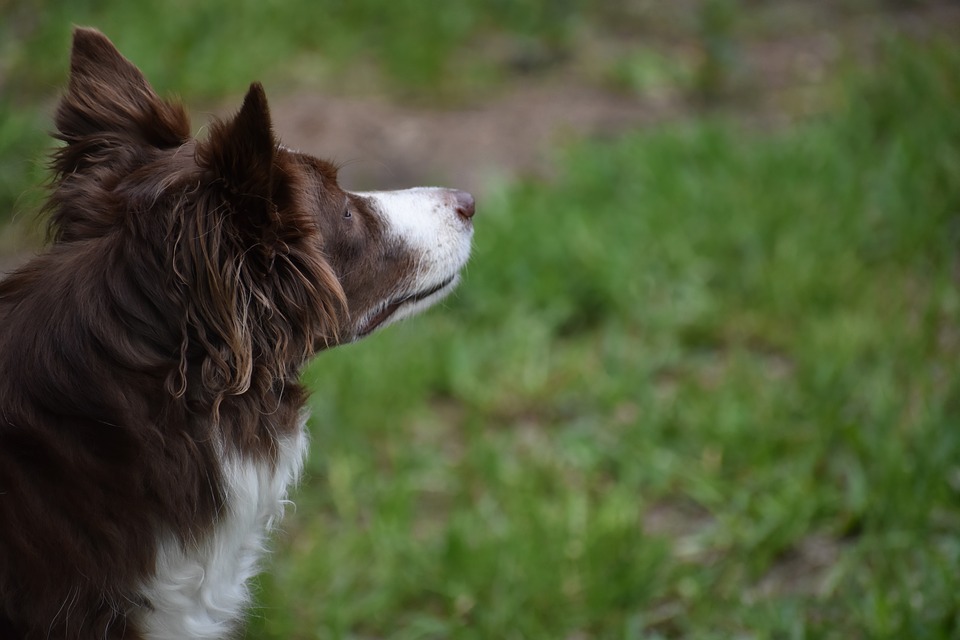Teaching dogs to “go to place” or settle in a specific location is a valuable command that can greatly contribute to a calm and focused canine companion. This command not only helps in managing your dog’s behavior but also provides them with a safe and comfortable space to relax. In this article, we will explore the benefits of teaching your dog this command and provide a step-by-step guide on how to achieve success.
The “go to place” command has several benefits for both the dog and the owner. Firstly, it promotes calmness and focus in your dog. By teaching them to settle down and relax in a designated area, they develop self-control, reduce anxiety, and prevent unwanted behaviors such as jumping, barking, or begging for attention. This command also creates a safe haven for your dog. By training them to go to their designated place, you provide them with a secure and comfortable spot they can retreat to when feeling overwhelmed or in need of rest. This can be particularly helpful during busy gatherings or when guests visit your home. Lastly, having a specific location for your dog to settle helps in managing their behavior. It allows you to redirect their energy and attention to a designated spot, preventing them from wandering, getting into mischief, or causing disruptions.
Here is a step-by-step guide to teaching your dog the “go to place” command:
1. Choose the perfect spot: Select a location in your home where your dog can have their own space, ideally away from distractions and noise. This could be a specific mat, bed, or rug that will serve as their “place.”
2. Introduce the command: Start by associating a verbal cue, such as “go to place” or “settle,” with the designated spot. Use a calm and encouraging tone while giving the command.
3. Positive reinforcement: Encourage your dog to approach the designated spot. When they do, reward them with praise, treats, or a favorite toy. Make the spot enticing by adding a comfortable bed or blanket.
4. Practice and repetition: Guide your dog towards the designated spot using a leash or by luring them with treats, if needed. Repeat the command and reward them each time they go to the designated place. Gradually increase the distance from which you give the command.
5. Extend the duration: Once your dog is comfortable going to their place, work on gradually increasing the duration they stay there. Start with a few seconds and gradually build up to several minutes. Reward them for remaining in the spot calmly.
6. Generalize the command: Practice the “go to place” command in various locations, both inside and outside your home. This will help your dog understand that the command applies to any designated spot, regardless of the environment.
7. Fade out rewards: Over time, reduce the frequency of treats or rewards, but continue to praise your dog for obeying the command. This will reinforce their understanding that settling in the designated spot is an expected behavior.
Here are some frequently asked questions about teaching dogs to “go to place”:
Q: How long does it typically take to train a dog to “go to place”?
A: The training duration varies depending on the dog’s age, temperament, and prior training experience. With consistent practice, most dogs can learn the basics within a few weeks, but ongoing reinforcement is necessary for long-term success.
Q: Can I use a crate as the designated “place”?
A: Yes, if your dog is comfortable and enjoys spending time in their crate, it can be an excellent choice for their designated place. Ensure the crate is appropriately sized, comfortable, and associated with positive experiences.
Q: What if my dog refuses to settle in the designated spot?
A: Stay patient and persistent. Ensure the designated spot is comfortable and appealing to your dog. Use high-value treats or toys to encourage them. If needed, consult a professional dog trainer for additional guidance.
Q: Can I teach an older dog this command?
A: Absolutely! Dogs of all ages can learn new commands. Older dogs may require a bit more patience and consistency, but the principles remain the same. Adjust the training sessions to accommodate their physical abilities.
By teaching your dog to “go to place” or settle in a specific location, you provide them with a valuable skill that promotes calmness, focus, and better behavior. With patience, consistency, and positive reinforcement, you’ll soon have a well-behaved pooch who understands the importance of finding their designated spot. Happy training!









